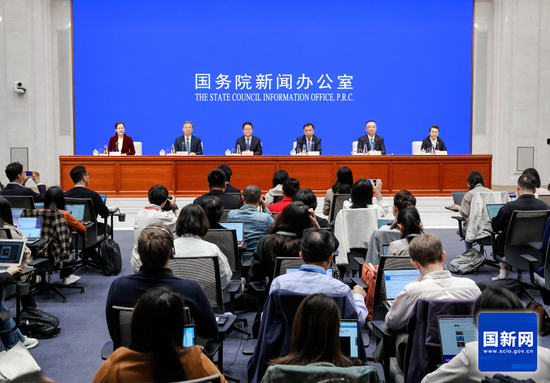
The State Council Information Office of China (SCIO) holds a press conference on Oct. 8, 2024, to introduce the relevant situation of systematically implementing a package of incremental policies. (Photo/SCIO)
(ECNS) -- With the effects of existing policies continuing to unfold and a package of new incremental policies being intensively introduced and implemented, a clear signal has been sent: China has the strength and capacity to boost its economy and achieve positive results, officials from the National Development and Reform Commission (NDRC), said at a press conference on Tuesday.
At the press conference, Zheng Shanjie, NDRC director, along with four deputy directors, emphasized the need to “step up efforts” to ensure necessary fiscal expenditure and promote economic development.
They highlighted the importance of strengthening support for local governments in debt swaps to mitigate debt risks, lowering the reserve requirement ratio (RRR), and implementing substantial interest rate cuts.
In response to downward economic pressure, China is enhancing its counter-cyclical macroeconomic policies, with efforts across sectors set to intensify.
For instance, to stabilize the declining real estate market, China has stepped up measures such as lowering RRR, reducing interest rates, standardizing the minimum down payment ratio for mortgages, optimizing the relending policy for affordable housing, and supporting the acquisition of existing land by real estate companies.
Policies across various sectors are gradually showing their positive effects.
Backed by hundreds of billions of yuan, policies directed at the trade-in of old consumer goods and large-scale equipment renewal have driven a significant increase in the sales of major consumer goods in China, including automobiles, home appliances, and home furnishings.
In August, national retail sales of passenger vehicles increased by 10.8 percent compared to the previous month, with new energy vehicle retail sales surging by 17 percent.
Sales growth is also evident in key areas such as transportation and communication equipment, driven by associated renewal.
In August, the added value of manufacturing industries like shipbuilding, urban rail transit equipment, and communication equipment grew year-on-year by 23 percent, 17.1 percent, and 10.3 percent respectively.
Production of household products such as washing machines, smart TVs, and refrigerators also saw rapid growth. This indicates that the effects of relevant policies are being transmitted to the supply side, driving industrial development.
China’s recently released purchasing managers' index for the manufacturing sector has rebounded quickly. The stock market is warming up, and consumer spending was robust during the National Day holiday. All reflect positive market signals.
China's macroeconomic policy has consistently emphasized the combination of counter-cyclical and cross-cyclical adjustments. This means that the current package of incremental policies is sustainable and not just a short-term stimulus, leaving room for future action.
When the People's Bank of China previously announced the establishment of two structural monetary policy tools to support the stable development of capital markets, it clearly stated that if the first phase is effectively utilized, there could be a second and third phase. This indicates that there are still “back-up” measures available in its toolkit.
The NDRC plans to release a list of projects totaling 100 billion yuan ($141.53 billion dollars) to implement major national strategies and build up security capacity in key areas and 100 billion yuan for an investment within central government budget by the end of October.
To implement the package of incremental policies, China demands mature policies to achieve its annual economic and social development goals and address prominent issues in economic operations, in which these coordinated measures are expected to play an important role.








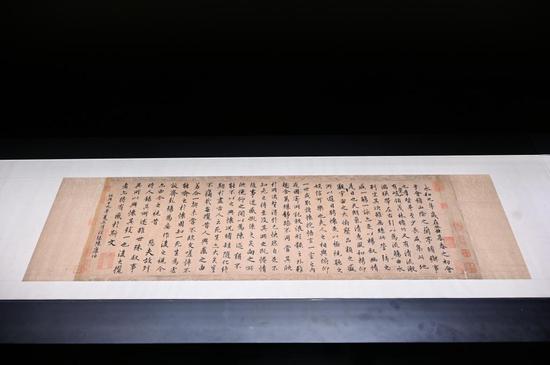


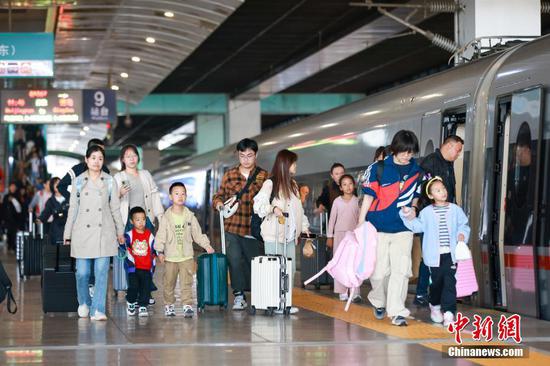
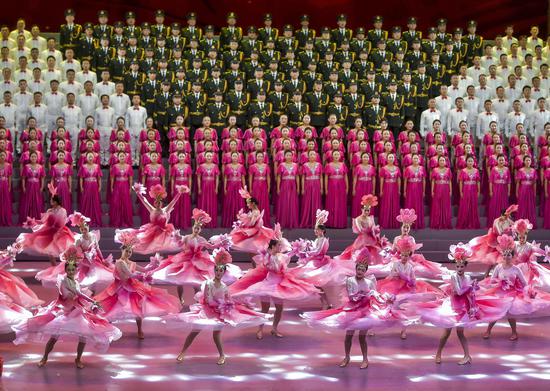


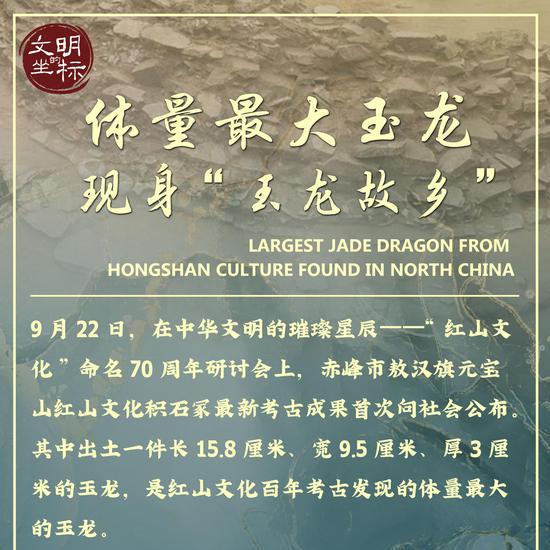

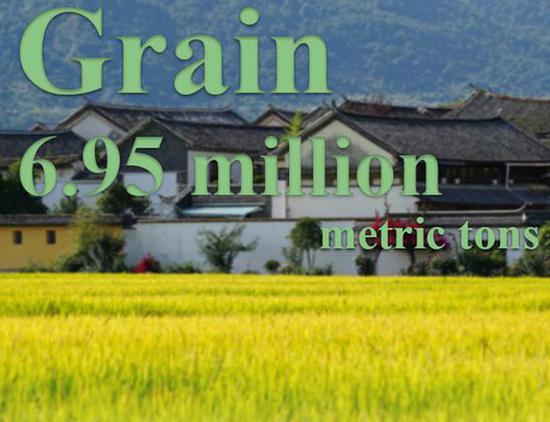







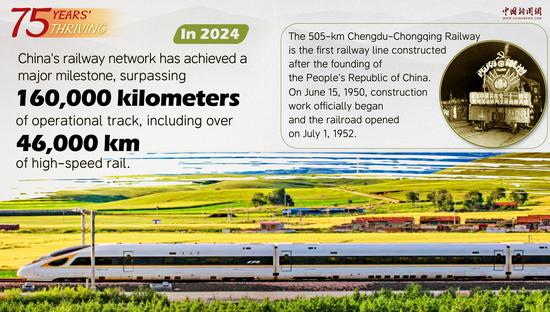
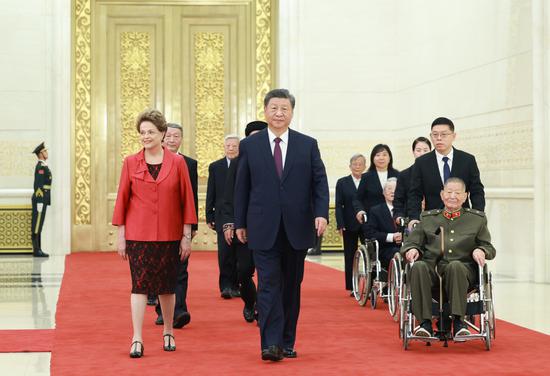






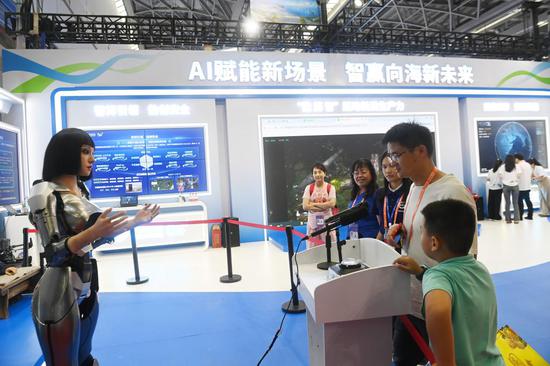
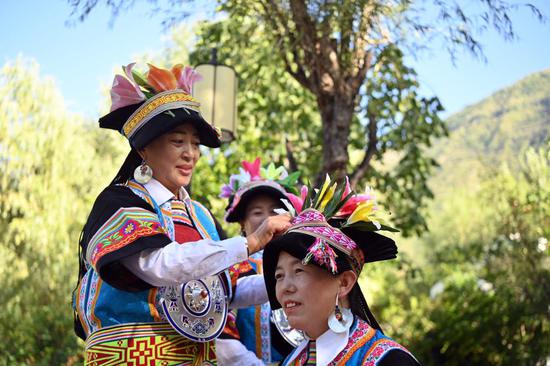











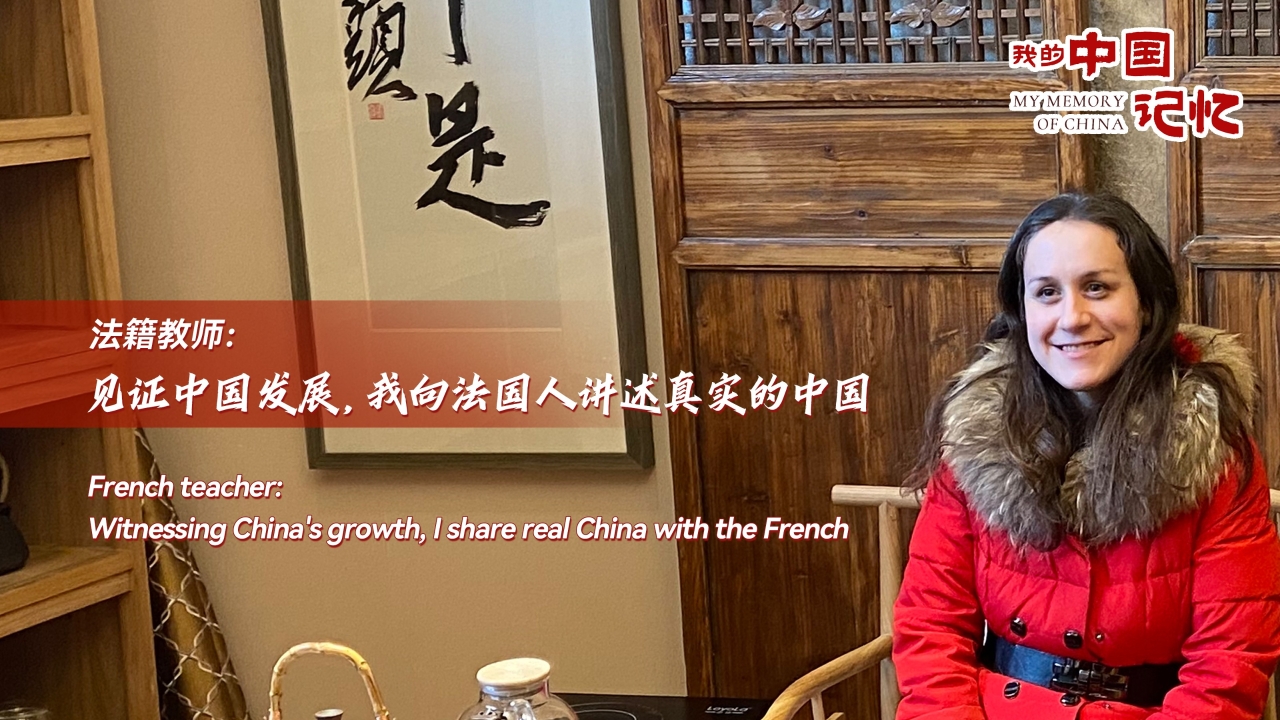


 京公网安备 11010202009201号
京公网安备 11010202009201号